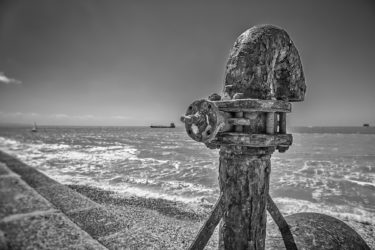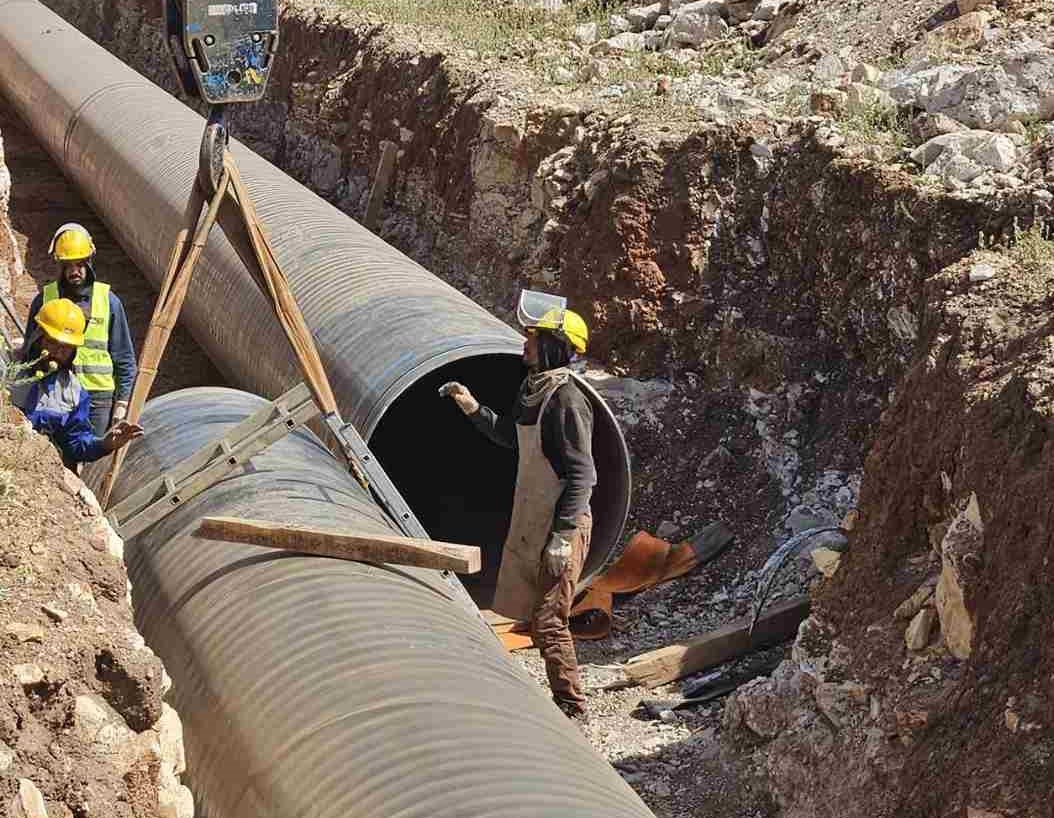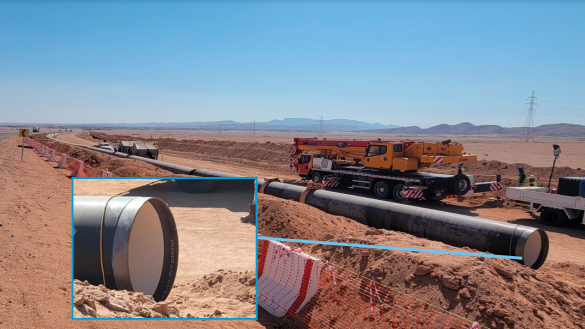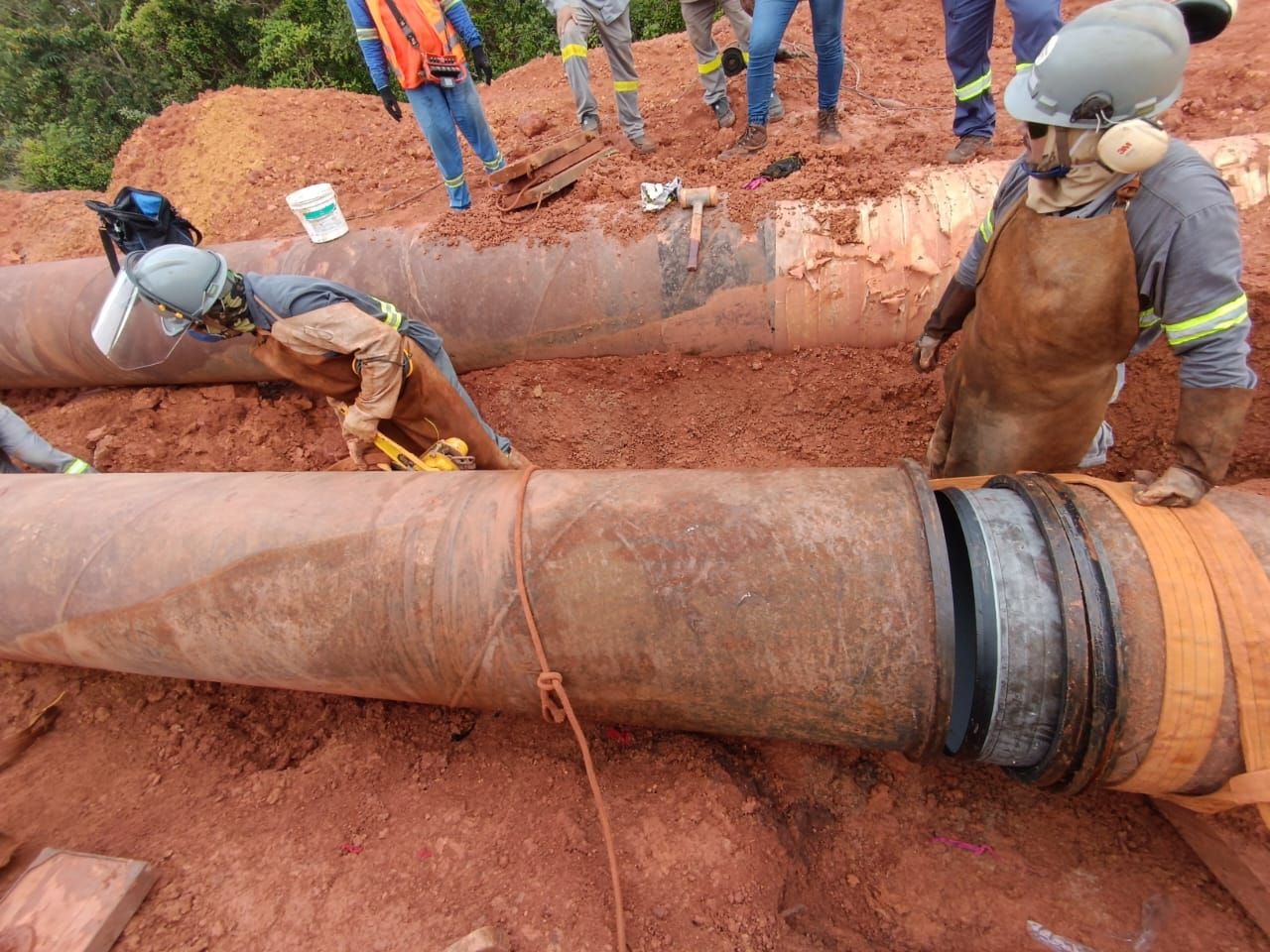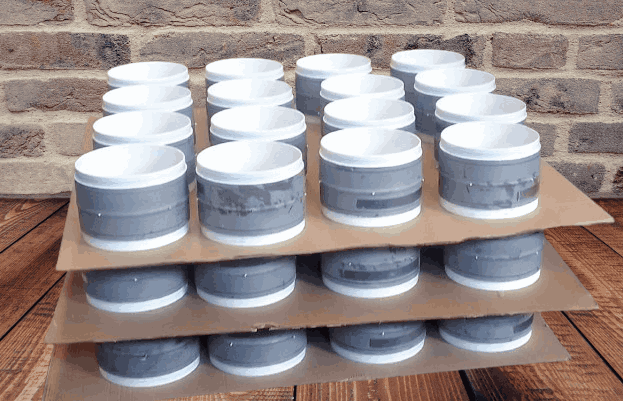In HDPE Liner widely uses petroleum thermoplastic. If you look at this plastic under a microscope, you’ll see that it has a straight line with some branches that give it its energy/density ratio. The strong bond of HDPE piping material helps it to use for high-pressure piping. Polyethene pipes have a long and unique history in gas, oil, mining, water, and other industries. HDPE and Epoxy Pipelining both are very durable.
Due to its low weight and high corrosion resistance, the HDPE pipe industry is growing rapidly. HDPE pipe liner can perform optimally over a wide temperature range from 2200 f to +1800 f. This pipe is not good for use when the liquid temperature exceeds 1220 f (500 c).
HDPE Installation
In most cases, installing HDPE-lined pipes are cheaper and easier than installing other components. HDPE weighs much less than concrete, steel, and steel pipe, so travel costs are low and no heavy lifting equipment requires. HDPE Slip lining is usually delivered in long coils, spools, or straight tubes. Providing HDPE on spools or coils can also reduce travel costs as few deliveries require.
HDPE installation requires fewer members and installation than other pipe lining solutions, saving time and money during the installation process. Because High-Density Polythene is highly flexible, it can be bent without the need for additional joints or connectors. This flexibility allows HDPE to be installed outside of channels and in an irregular location. The joints are usually heated with heat, are as strong as the first pipe, and do not leak.
HDPE pipe fitting is also durable, with an expected lifespan of 50 to 100 years, and is fully recycled. HDPE liner can be installed using standard methods such as pipe blasting, directional drilling, trench sealing, and micro-trenching.
Pipe blasting is a sewer system used to replace sewage, water, and natural gas, eliminating the need for traditional canal construction and associated equipment. This approach has become a viable solution for the transformation and rehabilitation of obsolete infrastructure.
HDPE Pipe Joint
HDPE pipes and fittings are connected by welding or by mechanical installation. There are two types of welding methods used to join HDPE pipes.
- Electrofusion welding: Electrofusion is a simple and fast way to permanently join individual pipes and install HDPE or pre-built components in tight areas. This method is suitable for local members.
- Butt welding: Hip welding similarly combines pipe fitting and HDPE into prefabricated parts using heat and pressure without the use of additional connectors.
HDPE Pipe Length
The production of HDPE pipes is a continuous process; pipes of any length can be manufactured. However, due to the ease of movement and grip on-site, the length of HDPE pipe is limited and is generally produced in average lengths of 6, 10, 12, 15, 24, and 30 meters. On request, a 50 and 100-metre-long HDPE pipe can be produced.
Fittings For HDPE Pipes
A complete list of HDPE pipelining inserts for any purpose is available. Standard HDPE pipe installation includes the following:
- Bent
- Elbows
- Reductions
- Branch Offices
- End Caps
- Electro Fusion Couplers
- Machine Connectors
- Traps
- Hygiene Installation
- Replacement Parts
Advantages of HDPE pipes
HDPE pipe offers several benefits over other drilling rigs such as
- Reduction Of Installation Costs
- Due To Its Flexible Shape, It Is Easy To Use On Slopes.
- Simple Joining Methods.
- Seismic Resistant
- Wrong Electrical Conductor.
- Low Conflict
- Ability To Relieve Water Shock
- Sun Resistance
- Non-Stick Surface.
- Does Not Leak Due To Its Seamless Nature.
- Economic. So Easily Affordable
- High Flow Rate Due To Smooth Interior
- Wide Temperature Range
- Do Not Wash
- Resistance To Ultraviolet Rays
- Amazing Strength (Over 50 Years)
- Resistant To Many Solvents
- Solid Material
- Compatible With Nature
- Low Maintenance Costs
- High Quality
Disadvantages of HDPE pipe
- HDPE pipe evil as follows:
- High-Temperature Rise
- Resistance To Adverse Weather Conditions
- Depending On the Pressure Fracture
- It Is Difficult To Join
- Fire
- Low Temperatures
- Low Power/Durability
Common Use Of HDPE
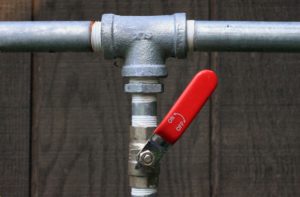
- Plastic bottles: Most people are illegally imported in plastic containers that last longer than water bottles. HDPE is ideal for moulding applications, especially in food and beverage containers because it does not fit between bottles. Moreover, HDPE is recyclable, making it a good choice for these highly disposed of products.
- Toys: HDPE is resistant, which helps keep toys resistant to harmful effects and changes color from lightning.
- Chemical containers: With its chemical-resistant properties, HDPE is suitable for laundry, shampoo, heaters, household cleaning products, car oil, antifreeze, and recycling containers. Moreover, the strength of these bottles increases when they are colorful.
- Piping systems: HDPE pipe sheet has a higher molecular weight compared to the standard HDPEused in the examples above. Moreover, this reinforcement with its UV resistance makes it suitable for outdoor applications and plumbing. Furthermore, the pipe spacer sheet is heat resistant from -220 to 180 degrees Fahrenheit. It lasts a long time under many chemical interactions, making it useful in many industrial applications.
FAQs
Is HDPE the Same as PVC?
Both HDPE and PVC are of plastic material. However, they are not the same. In addition, HDPE is thermoplastic manufactured from petroleum, and PVC is a tough vinyl polymer. However, compared to HDPE and PVC, HDPE, due to its flexibility, high strength at high density, lack of rust, and chemical stability is a strong choice for low-pressure, low-temperature applications.
Is HDPE Pipe Safe in Drinking Water?
Yes, HDPE Liner is completely safe if you drink drinking water. Additionally, this is one of the main reasons why high-quality polyethylene pipes are widely used in the water industry and desalination plants. Moreover, the use of HDPE drinking water pipes approves by the ns’. Various antibiotics such as chlorine and chloramine are approved for use in HDPE pipes.
What are the Uses of HDPE Pipe?
HDPE or high-density polyethylene pipe is widely used to transport drinking water, sludge, sewage, chemicals, hazardous waste, and compressed gases. They use in various industries such as gas, oil, mining, water, and other industries.
Is HDPE Compatible with Nature?
Perhaps, it can consider eco-friendly as it prepares from HDPE liner to recycle plastic from type 2 post-consumer products. Moreover, it considers being the most eco-friendly plastic that does not produce harmful fumes in the environment.
Is HDPE Waterproof?
Yes, HDPE is ideal for building a waterproof foundation. In addition to aiding in water infiltration, it can also help protect the foundation from root infiltration.
Conclusion
HDPE Liner is a type of flexible plastic pipe used to transfer liquids and gas and is often used to replace old concrete pipes or large steel pipes. Made of HDPE (high-density polyethylene) thermoplastic, its high-density resistance and strong molecular bond make it suitable for high-pressure pipes.
HDPE plumbing systems are available in many applications, providing standard plumbing, fire extinguishers, sewer and gas pipelines, as well as horizontal drilling of electrical and telecommunication pipelines. Well, the above is a brief introduction to the advantages and disadvantages of HDPE pipes. I believe that after reading this article, you have a better understanding of HDPE pipes.

